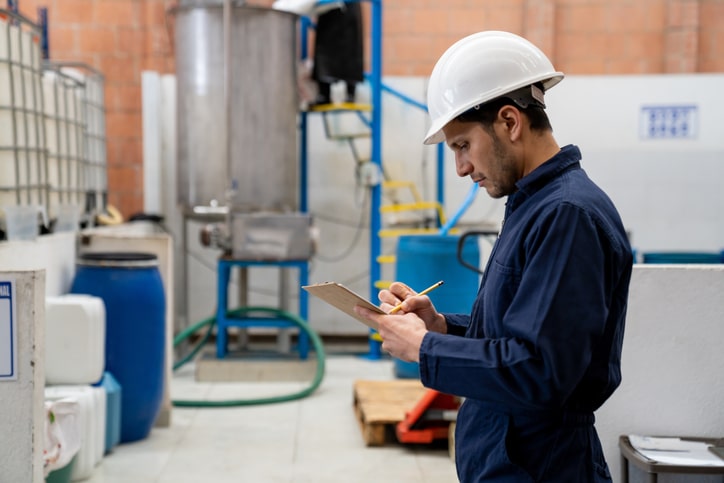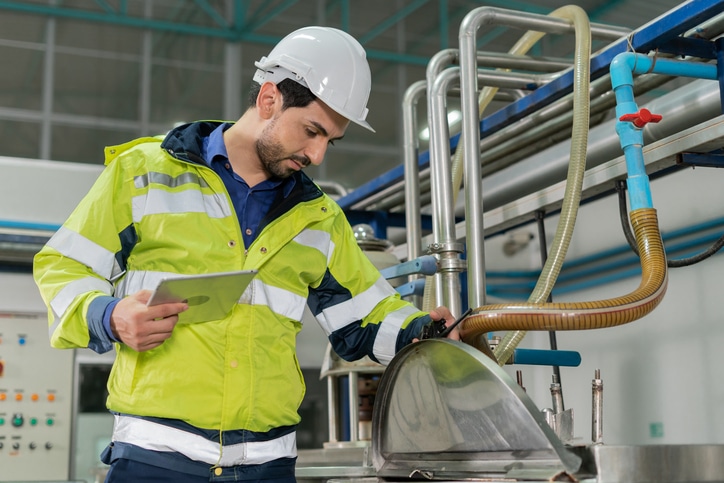Asbestos, once a common building material, is now known for its severe health risks, including lung cancer, asbestosis, and mesothelioma; for this reason, safe asbestos removal is critical. Whether you’re a homeowner or a contractor, understanding the best practices is essential to ensure the safety of everyone involved – which is why we’ve created this guide to the best practices for removal.

Understanding Asbestos
Asbestos is a naturally occurring mineral composed of thin fibers that are resistant to heat, fire, and chemicals; its durability made it popular in construction materials, but its fibers can be easily inhaled, leading to serious health issues. Asbestos can be found in insulation, roofing materials, floor tiles, and many other building components – which is why proper identification and handling are crucial to avoid exposure.
Hiring Hazardous Materials Consultants
The first and most important step in asbestos removal is hiring hazardous materials consultants, because trained and licensed abatement contractors are knowledgeable about the safe handling and removal of asbestos-containing materials (ACMs). They have the necessary equipment, expertise, and legal permissions to carry out the work safely and in compliance with regulations.
Initial Inspection and Assessment
Before any removal process begins, a thorough inspection and hazardous materials assessment are necessary – certified inspectors will collect samples from suspected materials and have them analyzed in a laboratory to confirm the presence of asbestos. Based on the findings, they will develop a detailed removal plan, identifying the type, its condition, and the safest removal methods.
Containment and Preparation
Proper containment of the work area is vital to prevent fibers from spreading. This includes sealing off the area with plastic sheeting and using negative air pressure units to keep fibers from escaping – and don’t forget that warning signs should be posted to inform others of the removal in progress.
Workers should wear appropriate personal protective equipment (PPE), including respirators, disposable coveralls, gloves, and eye protection. All workers must follow strict decontamination procedures to avoid carrying asbestos fibers out of the containment area.
Safe Removal Techniques
Several techniques can be used to safely remove asbestos, depending on the type and condition of the material. Wet removal is a common method where materials are sprayed with water to reduce dust, while contaminated materials should be carefully removed in whole pieces to minimize the release of fibers.
Note that proper handling and packaging are crucial; asbestos waste should be placed in sealed, leak-proof containers labeled with hazard warnings. These containers are then transported to approved disposal sites.
Air Monitoring and Clearance Testing
Continuous air monitoring during removal ensures that fibers do not escape into the environment. After the removal is complete, clearance testing should be conducted to confirm that the area is safe for reoccupation. This involves taking air samples and analyzing them for asbestos fibers, and only when the area meets regulatory standards can it be deemed safe.
Final Cleanup and Waste Disposal
After successful removal and clearance testing, the work area should be thoroughly cleaned; all equipment and PPE used during the process should be disposed of as asbestos waste, and final disposal must be done at designated disposal facilities.
Continuous Education and Training
Asbestos removal is a specialized field that requires ongoing education and training, which is why workers should regularly attend training sessions to stay updated on the latest safety practices and regulatory changes.
Partner with a Hazardous Materials Consultant
Safe asbestos removal is a complex and hazardous process that should only be performed by hazardous materials consultants. By simply following these best practices, you can ensure that asbestos is removed safely, protecting the health of workers and occupants, and complying with all legal requirements. If you suspect asbestos in your home or building, contact a certified contractor to handle the situation professionally and safely.
Alberta Safety & Environmental Services (ASE Services) is one of the most reputable providers of Hazardous materials assessment and hygiene inspection services—including asbestos, lead, mould, mercury, and silica detection, as well as industrial hygiene testing for grow ops and other facilities. With a background in Alberta’s Occupational Health & Safety Commission and professional project management skills, our qualified staff can provide reliable handling of air quality and industrial hygiene from initial industrial inspection all the way to remediation programs. Whether just for a permit, or in-depth air quality control, we can help. Feel free to reach out and secure air quality and hygiene requirements for your building.
